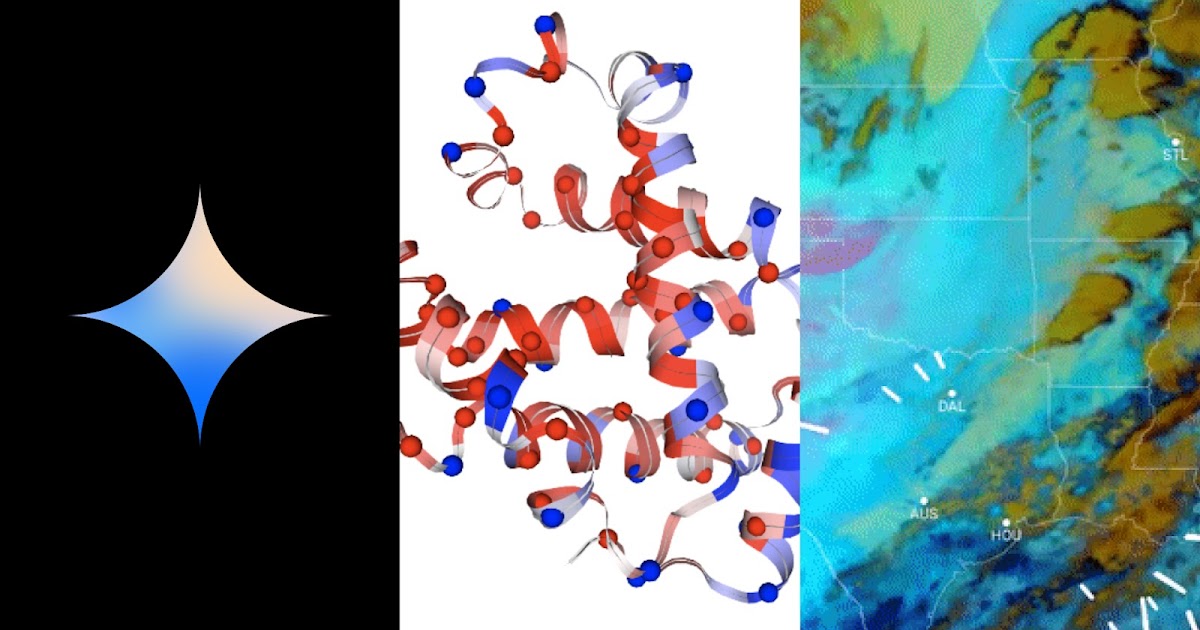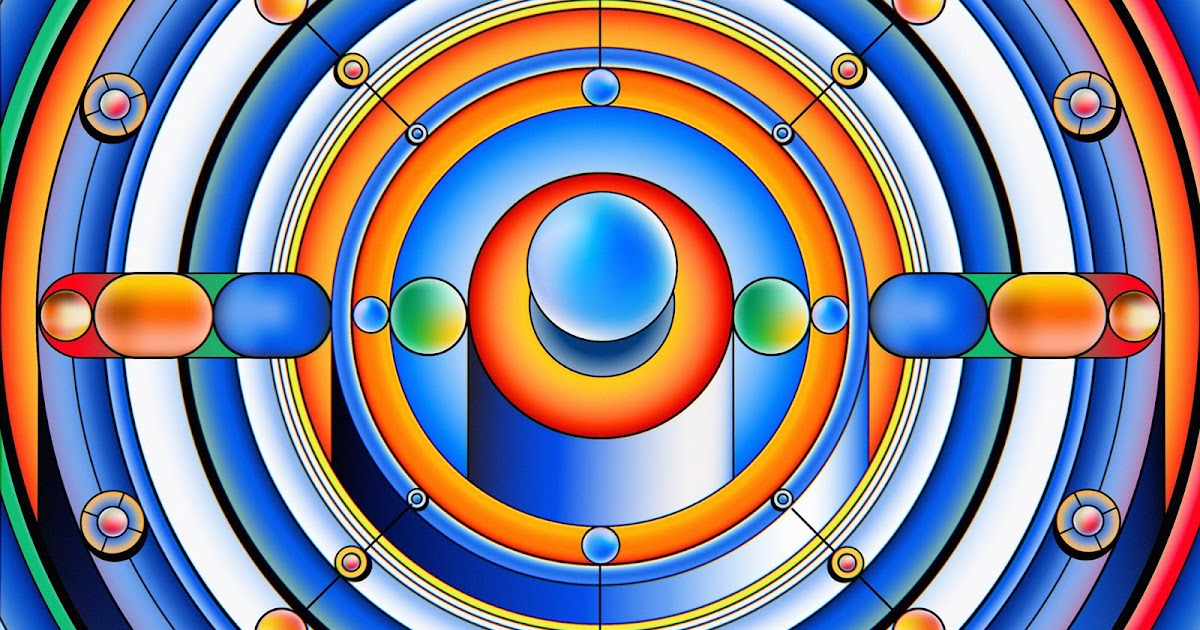Looking hundreds of millions of years into a protein’s past with AlphaFold to learn about the beginnings of life itself
Pedro Beltrao is a geneticist at ETH Zurich in Switzerland. He shares his AlphaFold story.
As a scientist, I’m interested in our differences.
More specifically, I’m interested in how those differences occur. While there are many people working on how changes in DNA result in changes in our traits – from being predisposed to certain diseases, for example, or just why some people are taller than others – our research is looking into why that happens.
Ultimately, what we’d like to have is a model that tells us exactly how a person is going to change, or what traits they will have, if they carry a mutation in a particular position in their DNA.
There’s a long way to go in order to build that.
The first layer involves finding out which mutations in DNA don’t do anything to create change. To do that, you have to ask: does it have an impact on proteins or not? Then, since proteins work together to perform functions, we need to know how that works and how such functions present themselves. This could mean different things depending on whether we’re considering a brain cell or a kidney cell or a skin cell. Of course, each organ is different, too. There are many progressions and variables to understand, from a single mutation to a protein, a group of proteins, the cell tissue itself and then working out how the whole organism behaves.
Before AlphaFold, we had some protein structures for both individual proteins and complexes – probably around 5% of the pairs that interact had a known structure, for example. Now, this is rapidly changing. What’s more, we now have an exciting opportunity to study the evolution of proteins in the origin of life.
This part of our research I find particularly exciting. When we want to go back in time to look at evolution, the way we commonly do this is to compare the sequences between proteins in different species. By doing that we can try to guess what that sequence looked like in the evolutionary past.
Without protein structures, we can only go so far back in time: there comes a point at which we lose confidence in how things looked hundreds of millions of years ago. Using AlphaFold and comparing the three-dimensional shape of proteins, it retains the signal for extended time because the 3D structure of proteins is conserved for longer than the sequence that encodes that shape.
As a result, we can now trace the evolution of proteins back through longer periods of the evolutionary timescale and more likely infer what the earliest ancestral cell was like by looking at what proteins were like for hundreds of millions of years in the past.
Oftentimes in science you have these accumulations of incremental changes, where new technologies or methods or systems build up over time, or evolve slowly. And every so often, you have times of transformation. There’s no doubt that AlphaFold has triggered a time of transformation. It’s incredibly exciting. Now we have the opportunity to learn so much more about human biology, and about the origins of life itself.



